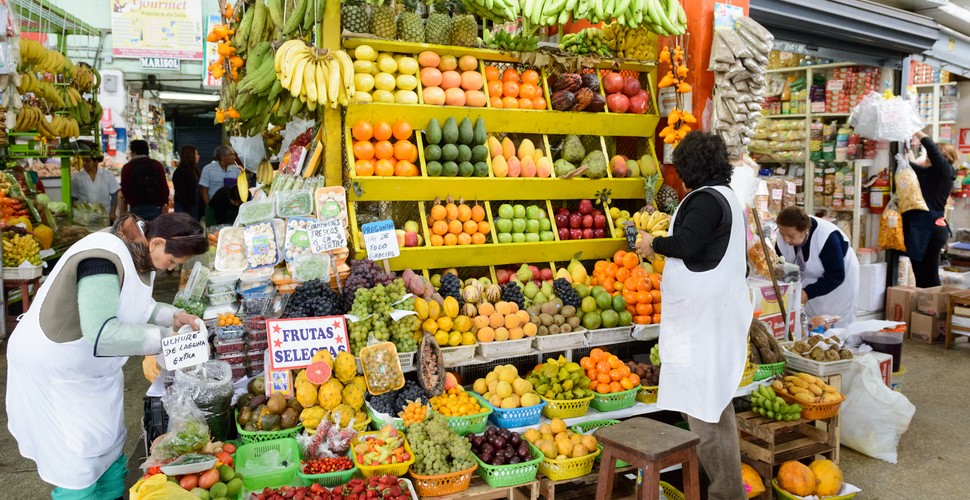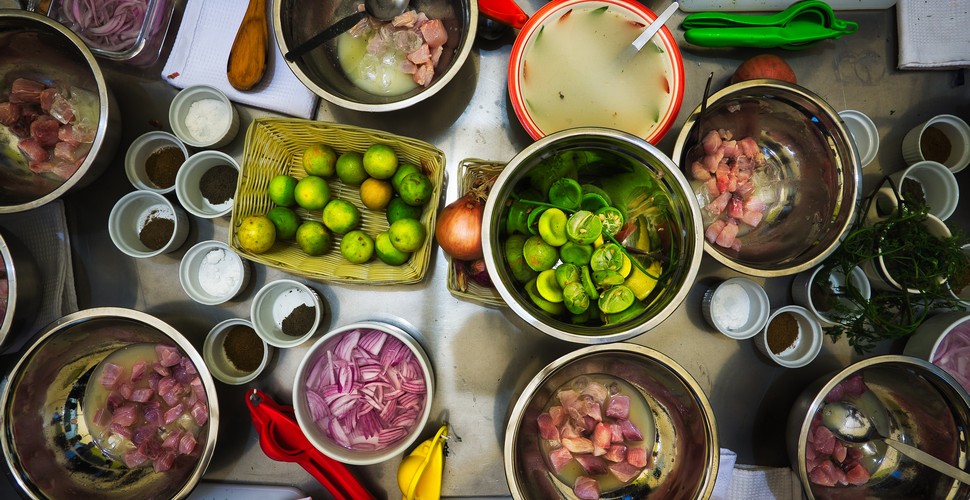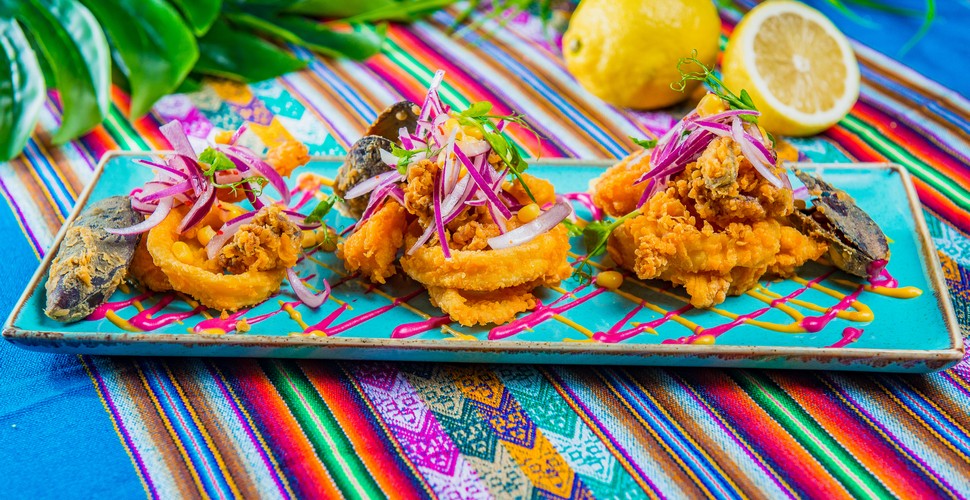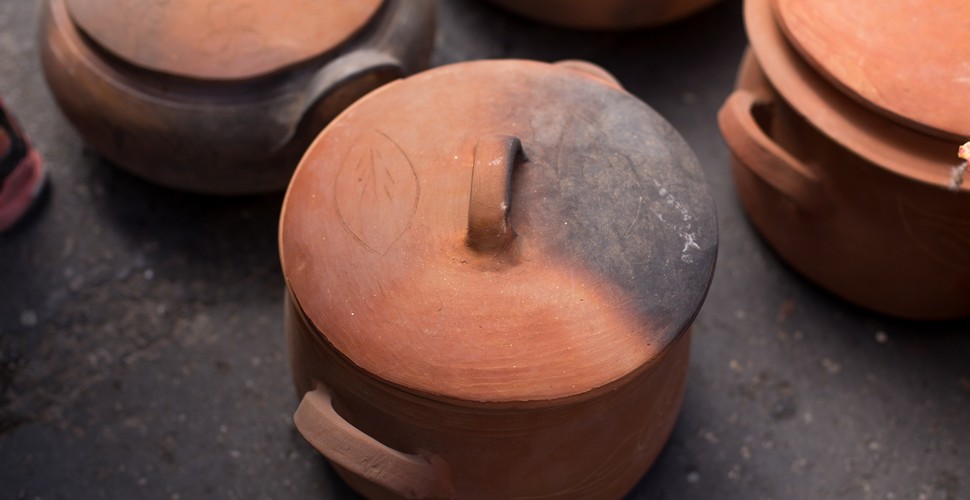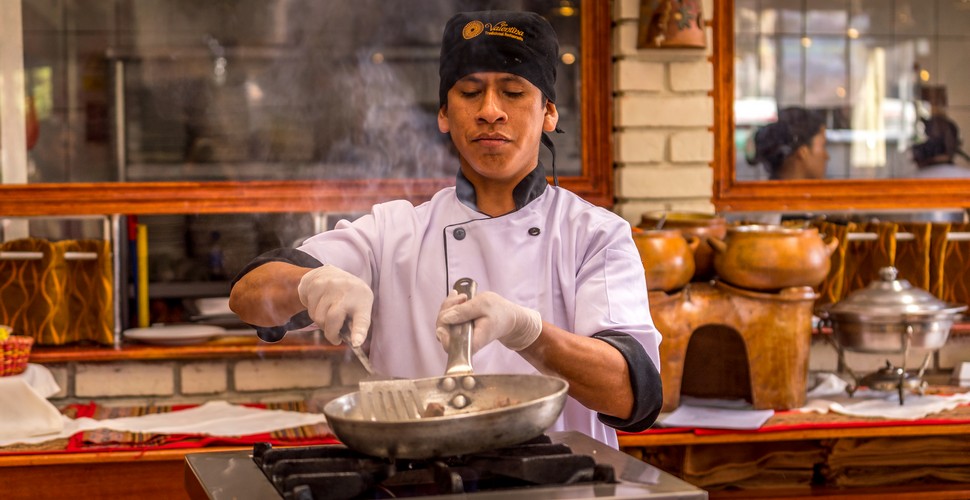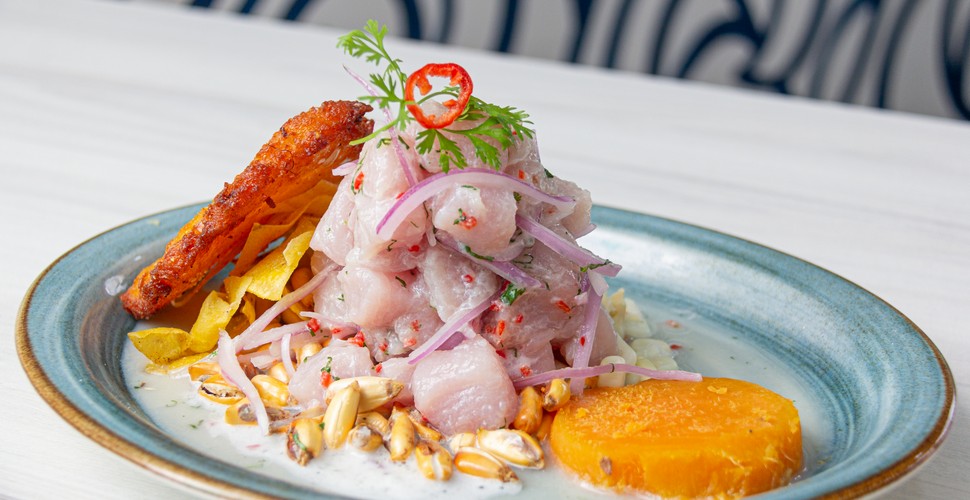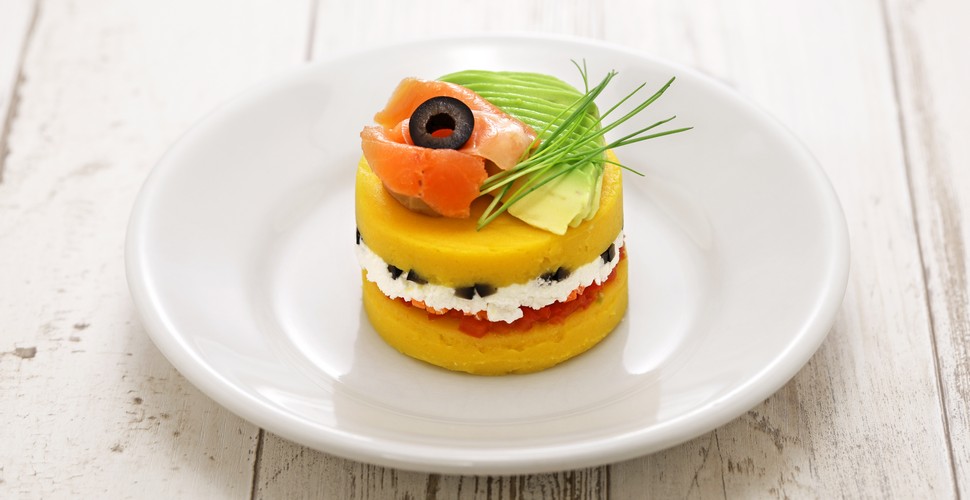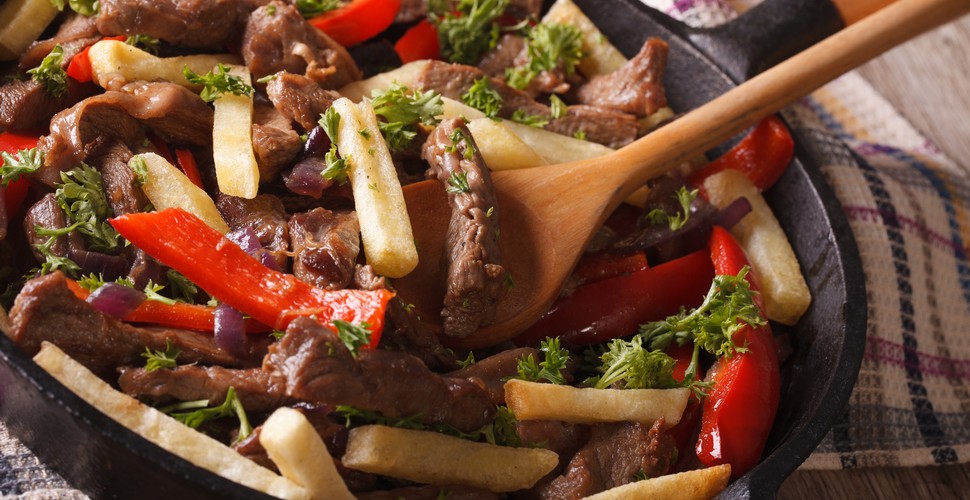

Claire Dean
Travel in South America is a joy to behold. The rich variety of destinations, experiences, landscapes and geography fascinated me so much, that I chose to relocate here, over 20 years ago! The best thing I ever did! Allow me to share my knowledge and passion for Central and South America with you and help you plan your holiday of a lifetime!

A Taste of Peru
Written by:Claire Dean
Last Update: 2025-01-21
Peruvian gastronomy is at the forefront of culinary experiences throughout the world. With 2 restaurants in the top ten restaurants in the world, it´s no wonder that Peruvian food is one of the most sought-after cuisines! Lima is famous as a hot spot for foodies and lovers of exciting cuisine. The city is a world leader in the international gastronomic scene and has been crowned the best culinary destination multiple times by various institutions. If you are in Lima, a culinary tour should be part of your travel plans to immerse yourself in local culture via its cuisine. Enjoy a hands-on experience preparing some of Peru’s most iconic dishes and shopping at a local market during this 4-hour Lima cooking class.
Lima Market Produce
Traditional Peruvian Gastronomy
Traditional Peruvian gastronomy is characterized by delicious culinary creations and a wide range of historical and cultural influences. Peru's cuisine originates from the Inca culture and has been influenced by the Spanish and enslaved Africans and immigrants from Asia. This characteristic mixture is what makes Peruvian cuisine so unique.
Lima's markets offer products from all over the country, and there is always some fruit or vegetable for you to spot that you have never seen! A visit to the central market to purchase all the food and ingredients for the class. You will find fruit that is seldom seen in other parts of the world at a local market, such as mini avocados, chirimoya, and lucuma.
Your guide will also give you a crash course on some of the Andean spices and vegetables, but don't worry if you can't remember all the 300+ species of chili peppers on display! Peru is known for a wide variety of vegetables including 3000 kinds of potatoes!.... that you would be hard-pressed to find elsewhere in the world.
During your market tour, you will purchase a wide range of ingredients typical of Peru, and after the market tour, which will last about 45 minutes, you will begin your authentic Peruvian cooking class.
Peruvian Market
The first stop is at the local market to pick out fresh meat and vegetables, to discover the incredible diversity of ingredients typical of Peruvian cuisine. Then head to the kitchen choosing to prepare a choice of fish, chicken, beef, or vegetarian dish like ‘Ceviche’ or ‘Lomo Saltado,’ learning the necessary steps in a fun, relaxed atmosphere. Your cooking excursion also includes round-trip hotel transport (for most areas of Lima), a professional chef instructor, and snacks and you can choose if you want to prepare either lunch or dinner, depending on your time. Find out more about our Taste of Peru tour here.
Prepped and ready to go!
What to Expect
If you are ready for a unique culinary adventure in Peru, join us on a journey to the local market where you will discover the wide variety of Peruvian products and ingredients. With the guidance of our expert chefs, you'll learn the techniques and secrets of Peruvian gastronomy in our kitchen, where you'll prepare and enjoy an authentic Peruvian dish that will tantalize your taste buds. But that's not all! You'll also get to taste some of the most peculiar Peruvian fruits. Peruvian food is growing in popularity, and this is your chance to see what makes it so special.
Peruvian Coastal Cuisine
Visit to Market and Cooking Class.
After your hotel pickup, you will enjoy a visit to a market and a cooking class perfect for introducing you to the best dishes in Peruvian cuisine. You will be in a relaxed atmosphere with no dull demos and a great hands-on approach. You will first head to the local market to experience the authentic atmosphere where the main ingredients for the food you will cook are sold. To cook, you will use ceramic pots the same as the ancestors did so you keep all the flavors as natural and authentic as possible.
Traditional Ceramic Pots
The Cooking Experience
After the market visit, our chef will teach you the quintessential basics of Peruvian gastronomy in an exciting cooking class. Here, your guide will teach you the secrets to making some staple Peruvian dishes and a special corn drink called Chicha Morada, which is made from purple corn and seasonings like pineapple, cinnamon, cloves, and sugar.
This drink was made and consumed in Peru before the Inca empire, and the purple pigments of the corn are said to have extensive health benefits, including anti-inflammatory properties! Your hands-on Lima cooking class will last about two and a half hours, and you will learn to cook several Peruvian dishes from scratch.
Enjoy learning about the tips and techniques involved in Peruvian cooking before you sit down and let the expert chef take over. They will prepare a traditional Peruvian dish for you to savor as you contemplate the different traditional cooking methods employed and the different aromas and sensations experienced in the local market for a truly immersive culinary experience in the capital!
Peruvian Cooking Class
Choose from the following dishes:
Ceviche
As a starter, you will cook our Peruvian National dish called "Ceviche" the most popular dish among Peruvians. It is made of small size pieces of fish marinated raw in fresh aromatic lime juice tender onions, and boiled sweet potatoes mixed with or without Andean hot chilis.
Ceviche
Causa rellena
The class will start with the sculptural potato salad called Causa. Two layers of chilled, smashed yellow potatoes surround a filling — in many cases, vegetables, seafood, or chicken. Causa is best described as a potato-layered tower of yumminess with a variety of different fillings. The top and bottom are composed of mashed potato mixed with lime juice and aji amarillo (Peruvian yellow pepper), and a filling consisting of, well, virtually anything. Commonly the middle will be tuna, lobster, crab, octopus, shrimp, avocado, or chicken. The history of causa is hotly debated. Some believe it goes back as far as the Incas. Quite possible, given the enormous diversity of diet that characterized Inca culture. Others claim it was a product of the Spanish colonial era in Peru, especially during the conflict with Chile in the 1880s.
Causa Rellena
Lomo Saltado
This beef stir-fry with vegetables is one of Peru's traditional dishes and, therefore, a typical restaurant menu option. The main ingredients included beef, onion, tomato, carrots, scallions, microgreens, and flowers to make it look pretty. Considered one of Peru's most loved dishes, Lomo Saltado is considered a "must-have" when traveling to Peru. In this class, you'll learn about the fascinating history of Peru and China, and their culinary combination, known as "Chifa." Chifa is a cooking practice that uses the abundance of Peruvian ingredients with Chinese influence, and a tradition that dates back to the 1920s. This important storyline of your class will be understood best as you taste your final dish.
Lomo Saltado
Pisco Sours
In Peru, the Pisco Sour rules. The cocktail is super simple with just 4 easy ingredients (pisco, lime juice, syrup, and egg white), but serves as a welcome reprieve from light lagers. With so few ingredients, pisco sours may be hard to mess up, but they’re also hard to get just right. It seems the trick to a perfect pisco sour is a drink that’s not too sweet, not too tart, not too eggy, and of course, very alcoholic. Learn how to prepare the perfect Pisco Sour during your trip to Peru
Pisco Sours
Learn more about Peru´s fascinating culinary diversity with a hands-on cooking tour and local market experience, to absorb yourself in Peruvian culture in the most delicious of ways, Ask us here for more information about this Lima gastronomic tour and leave with great memories of the food, the culture, and the people!



